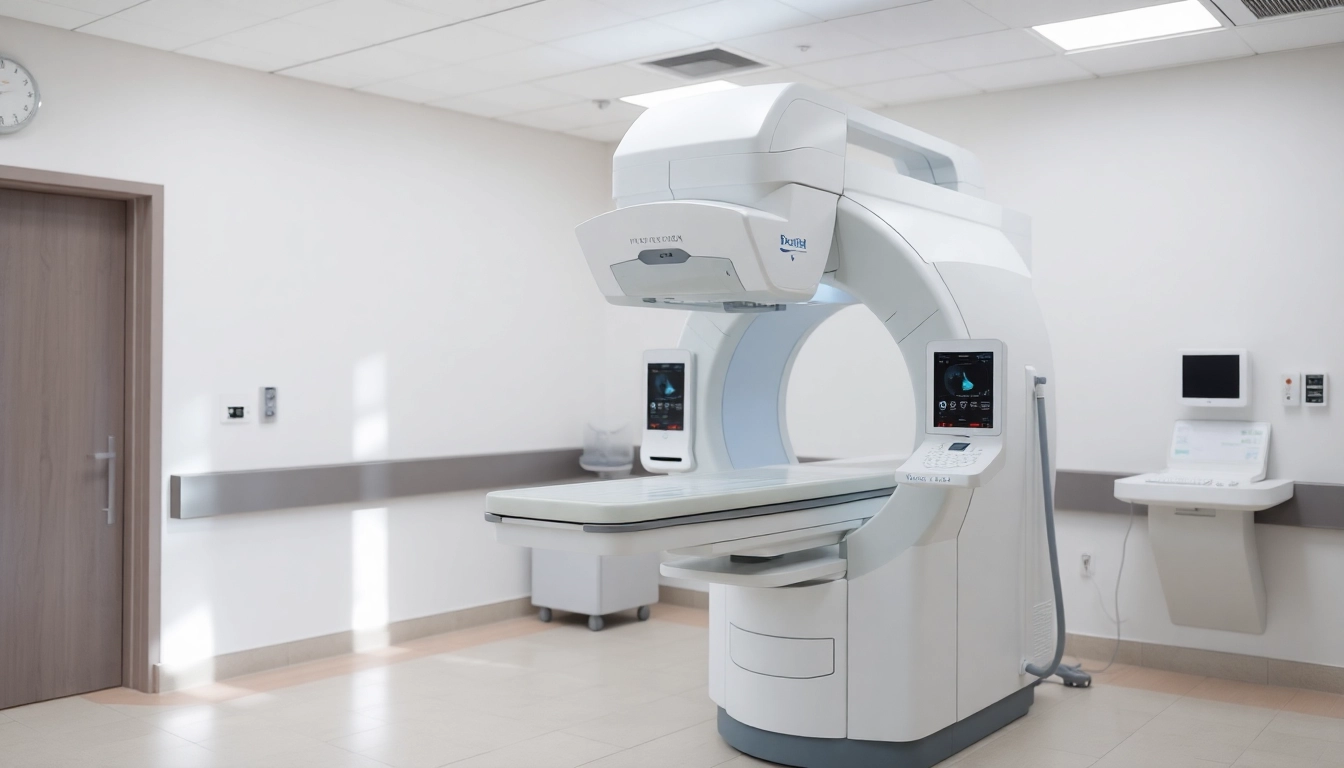In the ever-evolving landscape of medical imaging, choosing the right X-ray machine for your practice is a critical decision that can significantly influence patient care and operational efficiency. With the rapid advancement in technology and diversity of available options, it becomes crucial for healthcare providers to make informed choices. Whether you are establishing a new practice or upgrading existing equipment, understanding the key factors that contribute to selecting the most suitable X-ray machine is essential. Here’s a detailed guide to help you find the best X-ray machine for my practice.
Understanding X-ray Machines: Types and Technology
1. Overview of Common X-ray Machine Types
X-ray machines have become an indispensable tool in diagnostics across various medical fields. Predominantly, they can be categorized into several types, each serving unique needs:
- Conventional X-ray Machines: These are the traditional systems that use film to capture images. Although largely replaced by digital systems, they are still found in some smaller practice settings due to lower cost.
- Digital X-ray Machines: Utilizing digital sensors instead of film, these machines offer immediate image availability, enhanced storage capabilities, and superior image quality. They range from direct digital systems that capture images in real-time to computed radiography systems that convert traditional images into digital formats.
- Portable X-ray Machines: Ideal for emergency departments or home health settings, these lightweight and mobile machines are designed for flexibility and ease of use while maintaining reasonable image quality.
- Mammography Units: Specialized for breast imaging, these X-ray machines focus on high-resolution imaging necessary for detecting breast cancer at earlier stages.
- Computed Tomography (CT) Scanners: A more advanced imaging option, CT scanners take multiple X-ray measurements from different angles to produce cross-sectional images of the body. They are essential for comprehensive diagnostic studies.
2. Key Technologies in Today’s X-ray Machines
Modern X-ray machines incorporate advanced technologies that significantly improve diagnostic capabilities:
- Digital Detectors: The movement from film to digital detectors enhances overall image quality and allows for post-processing adjustments that can clarify anatomical structures.
- Artificial Intelligence (AI): AI is transforming diagnostic imaging by utilizing algorithms to assist radiologists in identifying abnormalities, reducing oversight and improving diagnostic accuracy.
- Wireless Technology: Many new X-ray machines come with wireless capabilities, enabling real-time data transfer, reducing the clutter of cables, and improving practice workflow.
- Reduced Radiation Exposure: Cutting-edge imaging technologies allow for significant reductions in radiation dose without compromising image quality, addressing both patient and staff safety concerns.
3. Advantages of Upgrading Your Equipment
Investing in newer X-ray technology can yield numerous benefits:
- Enhanced Image Quality: Newer machines often provide superior image resolution, which is crucial for accurate diagnosis.
- Increased Efficiency: Upgraded systems typically offer quicker processing times, allowing for a more fluid workflow and increasing the number of patients that can be seen daily.
- Better Patient Experience: Many new designs are focused on patient comfort, with features like quieter operation and less intimidating structures, improving overall satisfaction.
- Compliance with Regulations: Upgrading can help healthcare practices meet the latest safety standards and regulatory requirements, thus avoiding potential legal issues.
Evaluating Your Practice’s Needs for an X-ray Machine
1. Assessing Patient Volume and Imaging Requirements
One of the first steps in determining the right X-ray machine is to evaluate your practice’s patient volume and the types of imaging tests you most frequently perform:
- Patient Volume: High-traffic practices may require more advanced systems that can handle a larger number of imaging requests without sacrificing quality.
- Imaging Types: Consider the specific imaging modalities needed in your practice, such as general radiography, mammography, or specialized imaging techniques.
2. Identifying Space and Budget Constraints
The practical aspects of integrating a new X-ray machine into your practice involve careful consideration of both space and financial limits:
- Physical Space: Assess the available area for the new machine, considering both the equipment’s size and the necessary clearance for staff and patients to maneuver.
- Budget: Establish a clear budget that encompasses not only the cost of the machine but also installation, maintenance, and potential upgrades.
3. Consulting with Radiology Experts
Engaging with radiology experts can provide valuable insights into the most appropriate equipment for your needs. Their experience can guide decisions based on current industry trends, technology advancements, and best practices.
Comparing Features to Find the Best X-ray Machine for Your Practice
1. Understanding Imaging Quality and Resolution
Imaging quality is paramount in selecting an X-ray machine. Features to consider include:
- Resolution: Higher resolution images can help identify subtle abnormalities.
- Dynamic Range: The ability of the imaging system to portray a wide range of anatomical densities significantly contributes to diagnostic accuracy.
2. Evaluating Safety Features for Patients and Staff
Safety features are essential components of any medical imaging equipment:
- Radiation Safety: Systems designed to minimize radiation exposure for patients and staff are crucial in any practice.
- Remote Operation: Many modern machines offer features that allow for remote operation, minimizing staff exposure during imaging procedures.
3. Considering Maintenance and Service Contracts
When selecting an X-ray machine, it’s vital to account for its upkeep:
- Maintenance: Research the manufacturer’s reputation for service and support, as well as the ease of acquiring replacement parts.
- Service Contracts: Investigate available warranty and service options that can offer peace of mind and budget predictability.
Where to Purchase Your X-ray Machine
1. Top Retailers and Distributors for Medical Equipment
There are numerous reputable medical equipment suppliers you can consider when purchasing your X-ray machine. Research both local and national companies to find those known for exceptional customer service and reliable equipment.
2. Online vs. In-Store Purchasing Strategies
The decision to purchase online or in-person can influence both cost and convenience.
- Online: Often offers competitive pricing and a wider selection. However, ensure the credibility of the dealer and potential shipping concerns.
- In-Store: Allows for hands-on evaluation and personal interactions with sales staff, helping clarify any uncertainties about the machine’s capabilities.
3. Navigating Warranties and Return Policies
Understanding the warranty conditions and return policies of your purchased equipment is essential in safeguarding your investment:
- Warranty: Verify what the warranty covers and for how long, especially regarding parts and service.
- Return Policy: Check if there is a satisfaction guarantee or return policy enabling you to exchange the equipment if it does not meet your needs.
Maximizing Your Investment: Best Practices Post-Purchase
1. Training Staff on New Equipment
Post-purchase training is pivotal for ensuring that your team fully capitalizes on the capabilities of the new X-ray machine. Robust training programs can improve workflow efficiency, patient interactions, and overall imaging quality.
2. Implementing Patient Safety Protocols
Developing and enforcing safety procedures is crucial for proper equipment use. This includes regular checks and balances to ensure that radiation levels are monitored, followed by consistent updates to safety practices as industry standards evolve.
3. Tracking Equipment Performance and ROI
To measure the return on investment and overall efficacy of your new X-ray machine, establish metrics for performance tracking. This may include:
- Utilization Rates: Monitor how much the machine is being used versus its maximum capacity.
- Patient Outcomes: Analyze if upgraded imaging contributes to better diagnosis and treatment procedures.
- Maintenance Costs: Keep an eye on service expenses to ensure they remain within reasonable limits compared to the machine’s benefits.














Leave a Reply